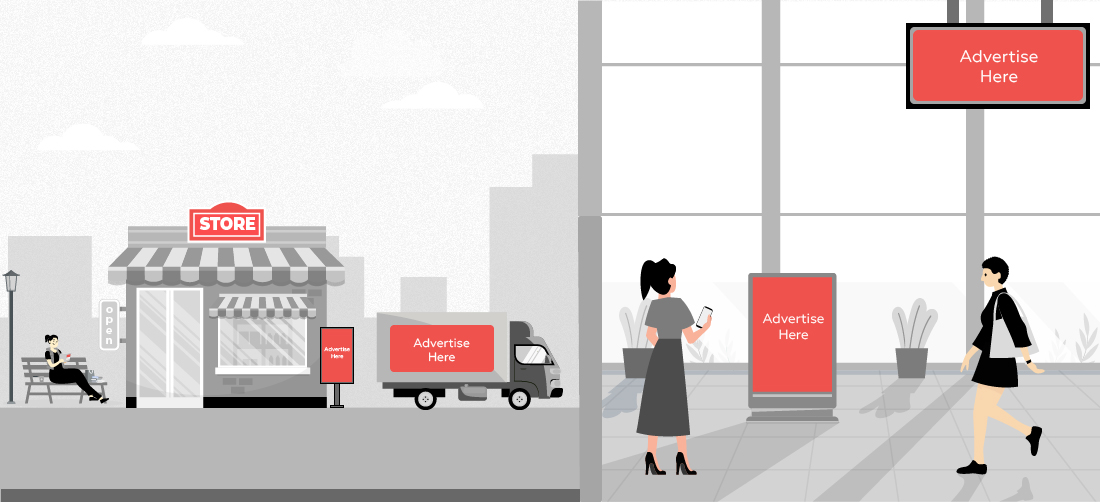Table Of Content
- 1. Definition of Indoor and Outdoor Advertisement
- 2. Key Differences Between Indoor and Outdoor Advertisement
- 3. Types of Indoor Advertisements
- 4. Types of Outdoor Advertisements
- 5. Examples of Indoor and Outdoor Advertisements
- 6. Combining Indoor and Outdoor Advertising
- 7. Role of Advertising Agencies in Indoor and Outdoor Campaigns
- 8. Considerations for Choosing Between Indoor and Outdoor Advertising
- 9. Conclusion
Where you place your ad can make all the difference. Should it be in a calm, quiet indoor space, or out in the busy, fast-paced outdoors where more people might see it?
Indoor advertising offers a more controlled, distraction-free environment, while outdoor ads thrive in high-traffic, dynamic areas. Understanding these differences helps you decide the best strategy for your brand.
Let’s explore how each approach works, its key advantages, and the types of ads that capture attention in both settings.
Definition of Indoor and Outdoor Advertisement
Indoor Advertisement

Indoor advertising is usually seen in an enclosed space such as malls, offices, gyms, and restaurants. Formats such as posters, digital screens, or even product displays are used. The simple goal of indoor advertising is to connect with audiences who are often more relaxed and stationary. Meaning the audience has a longer attention span and deeper engagement.
For example, a glowing digital screen in a coffee shop might showcase upcoming promotions or events. Such ads work wonders if you are trying to create relevant spaces where people spend significant time.
Outdoor Advertisement

As the name suggests outdoor advertising is displayed in open public spaces such as highways, streets, or transportation hubs. Outdoor advertising usually involves billboards, bus ads, and street furniture targeting broad, diverse audiences. The goal is to grab attention quickly and leave a lasting impression, in mere seconds.
These ads are created with the simple goal of enhancing visibility, and often the size of these outdoor advertisements correlates with it.
Key Differences Between Indoor and Outdoor Advertisement
1. Audience Reach
Indoor advertisements are tailored to specific audiences in carefully chosen locations. For example, a gym may feature ads for fitness equipment or energy drinks, targeting health-conscious individuals. The controlled environment ensures that ads align with the interests of the people in the space, leading to higher relevance.
Outdoor ads cast a wide net, reaching diverse groups of people. A billboard on a busy road could be seen by daily commuters, travelers, and tourists. This format is ideal for building brand recognition or spreading general awareness of a product or service to a mass audience.
2. Engagement and Attention Span
Indoor ads can hold attention for longer because audiences are often stationary. Whether it’s waiting at a doctor’s office or dining at a restaurant, people have the time to notice details in the ad. A digital screen displaying a rotating menu in a café might hold someone’s gaze longer than a fleeting outdoor banner.
In outdoor settings, people are on the move. Outdoor ads need to deliver their message instantly. For instance, a driver passing a billboard has only a few seconds to grasp the message. Clear, concise text and strong visuals are key to making outdoor ads effective.
3. Placement and Visibility
Indoor advertisements excel in strategic placements. A POS display showcasing a product at a store checkout subtly nudges shoppers to make last-minute purchases. Similarly, a promotional banner in a gym locker room becomes part of the environment, ensuring high visibility without feeling out of place.
Outdoor ads rely on prominent placement in high-traffic areas. A towering billboard near a highway ensures visibility to thousands of people daily. Transit ads on buses or trains follow busy routes, taking the brand message directly to the public. While outdoor placements have unmatched reach, they can lose effectiveness if the design isn’t bold or memorable enough.
Types of Indoor Advertisements
1. Posters and Banners

Posters and banners are classic indoor advertising formats that remain popular for their simplicity and effectiveness. A well-designed poster on a café wall or a banner hanging in a retail store can highlight promotions, events, or brand messages. These formats are cost-effective and work well in environments where people naturally glance around, like waiting rooms or hallways.
2. Digital Displays
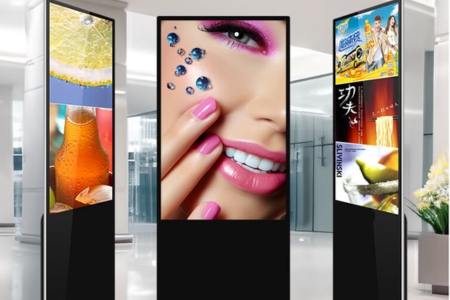
Digital screens make indoor ads dynamic and attention-grabbing. Found in places like malls, gyms, and airports, these displays use video, animations, or slideshows to keep viewers engaged. A screen showing rotating offers in a clothing store or an interactive display in a museum gift shop adds modern flair and deeper interaction.
3. Point of Sale (POS) Displays
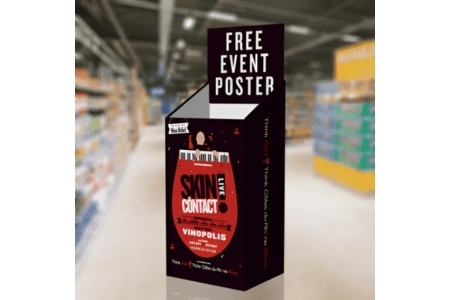
Point of Sale (POS) displays are strategically placed near checkouts or alongside products. They influence impulse purchases by showcasing deals or highlighting complementary items. For instance, a stand displaying snacks next to a cash register might entice shoppers to grab one while checking out. These ads are particularly effective in retail environments where purchase decisions are made quickly.
Types of Outdoor Advertisements
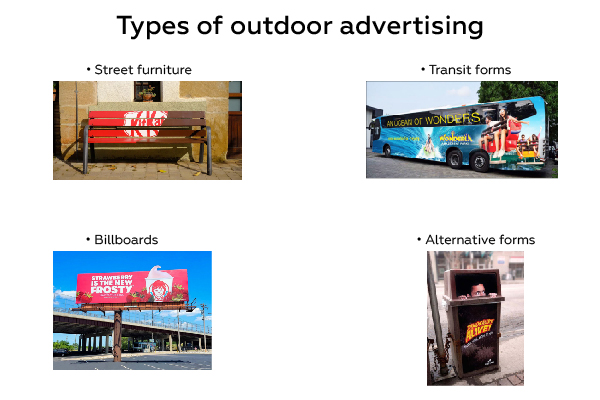
1. Billboards

Billboards are the kings of outdoor advertising. Their sheer size and prominent locations make them impossible to miss. A well-crafted billboard on a busy road with bold visuals and a catchy slogan can stick in people’s minds long after they’ve passed it. These ads are perfect for building brand recognition and creating a big visual impact.
2. Transit Advertising

Transit ads are placed on vehicles like buses, trains, and subways. They travel through neighborhoods, business districts, and high-traffic areas, reaching countless people daily. For instance, an ad on a subway car can engage commuters during their journeys. These ads are particularly effective in urban environments where public transport is common.
3. Street Furniture
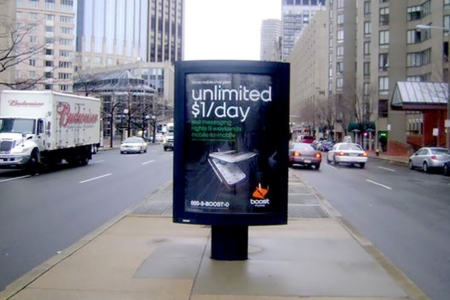
Street furniture ads use urban structures like benches, kiosks, or bus shelters as advertising space. A bus shelter ad for a movie or a bench ad for a local restaurant targets pedestrians and commuters in city centers. These ads are eye-catching and make great use of the urban landscape to promote products or services.
Examples of Indoor and Outdoor Advertisements
Examples of Indoor Advertising
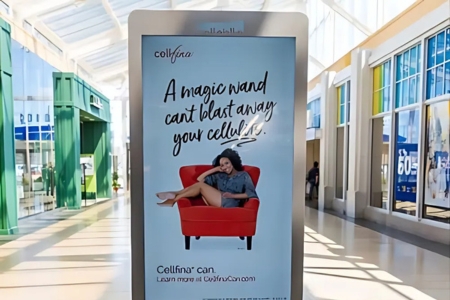
- Shopping Malls: H&M uses vibrant in-store displays and posters to promote seasonal discounts. Sephora enhances the shopping experience with digital screens showcasing tutorials and featured products.
- Airports: Samsung installs interactive kiosks allowing travelers to test their devices. Lounges often feature Magazine Advertising for luxury watches like Rolex.
- Restaurants: McDonald’s promotes limited-time meals using table decals and digital menu boards. Starbucks highlights its loyalty programs through signs at counters.
- Gyms: Nike advertises its latest athletic gear on wall banners and treadmills, motivating customers mid-workout.
- Movie Theaters: Coca-Cola’s branded ads appear on digital screens and vending machines, capturing attention before the show starts.
Examples of Outdoor Advertising

- Billboards: Coca-Cola’s glowing ad in Times Square grabs millions of eyeballs daily. Tesla uses minimalistic highway billboards to create intrigue about its vehicles.
- Bus Shelters: Netflix promotes its series through creative, often interactive, posters in urban hotspots.
- Sports Arenas: Adidas dominates sports stadiums with LED boards and banners during matches.
- Parks: Nike places promotional flags and banners on jogging trails during marathon events.
- Taxi Wraps: Uber leverages taxi advertising with eye-catching designs across major cities.
Combining Indoor and Outdoor Advertising
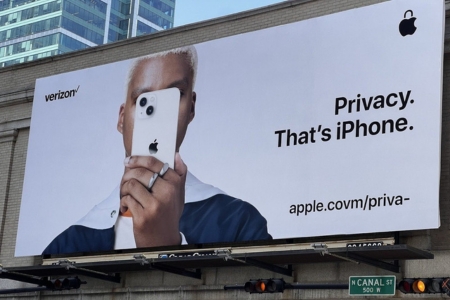
Strategically using both creates a greater impact. For example:
- Apple pairs its sleek billboard ads for iPhones with in-store demos, ensuring consumers explore the product immediately.
- Nike combines gym posters for athletic shoes with marathon banners in parks, creating a full-circle campaign.
- Coca-Cola aligns in-store restaurant promotions with highway billboards, ensuring consistent messaging.
- Netflix uses Television Advertising and bus shelter posters, reinforced by Magazine Advertising in cafes.
Role of Advertising Agencies in Indoor and Outdoor Campaigns
Advertising agencies help brands create impactful indoor and outdoor campaigns by combining strategy and creativity.
- Understand Brand Goals: Agencies work closely with brands to identify their objectives, target audience, and budget.
- Craft Effective Strategies: For indoor spaces like malls or offices, they design visually engaging campaigns. For outdoor spaces, they focus on bold, high-visibility ads.
- Choose the Right Locations: Agencies select spots like billboards, transit hubs, or event spaces to maximize exposure.
- Manage End-to-End Execution: From creating designs to placing ads and tracking success, agencies handle it all.
- Ensure Brand Consistency: Campaigns are tailored to align with the brand’s identity across both spaces.
Considerations for Choosing Between Indoor and Outdoor Advertising

Budget: Matching Costs to Campaign Scale
Indoor advertising is often more affordable, making it a great option for smaller businesses or those on a tight budget. Outdoor ads, while more expensive, provide greater exposure, making them better suited for large-scale campaigns with a broader reach.
Target Audience: Precision vs. Reach
Indoor advertising allows businesses to focus on specific demographics, such as shoppers or gym-goers. Outdoor ads, however, cast a wider net, appealing to a diverse range of people, making them ideal for brand awareness and mass marketing.
Campaign Goals: Engagement or Awareness?
Indoor ads work well for campaigns focused on engaging consumers directly, offering a more intimate, targeted approach. In contrast, outdoor ads are perfect for boosting visibility and creating buzz, particularly for launches or awareness-driven campaigns.
Environment and Timing: Weather-Proofing Your Campaign
Outdoor ads can be impacted by weather, which might reduce visibility during bad conditions. Indoor ads, however, remain consistent year-round, ensuring your message stays visible no matter the external factors.
Conclusion
When it comes to outdoor vs indoor advertising, the key is great planning and execution. Brands can succeed with either choice, but working with an expert advertising agency like Excellent Publicity makes all the difference. With a global network and skilled teams, Excellent Publicity ensures smooth, effective campaigns. Whether it's a billboard or an in-store display, we know how to make it work for your brand. With the right strategy and expert support, any campaign can be a success.
Contact the experts at Excellent Publicity to learn more.
FAQs
Indoor advertising offers a controlled environment, ensuring consistent visibility. It allows targeting specific audiences, leading to more effective campaigns. With limited distractions, it’s easier to capture attention and influence purchasing decisions.
Outdoor ads raise brand awareness and can trigger impulse buying. As consumers pass by, they’re exposed to vivid, memorable messages that influence decisions on the spot, especially when ads are placed in high-traffic areas.
Yes, advertising agencies specialize in both indoor and outdoor campaigns. They bring expertise in creating tailored strategies, securing placements, and optimizing the message, ensuring maximum reach and impact for different environments.
Indoor advertising is ideal for products that need detailed messaging or target specific groups, like tech or luxury goods. Outdoor advertising works best for broad-appeal products, like fast food or lifestyle brands, reaching a wider audience quickly.
Yes, outdoor advertising is subject to local regulations. These can include restrictions on size, placement, and timing. Agencies ensure compliance with zoning laws, safety standards, and environmental concerns to avoid legal issues.


